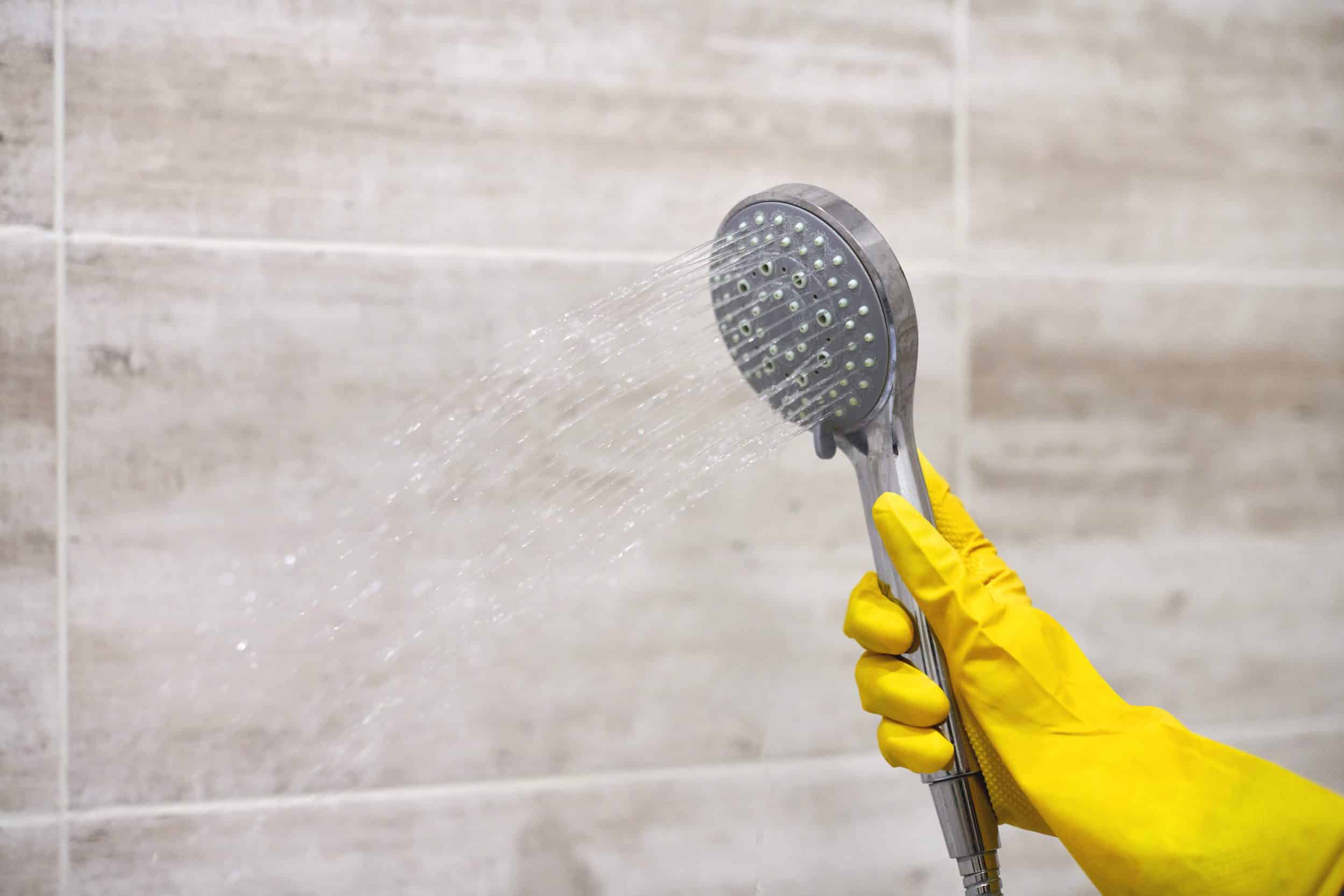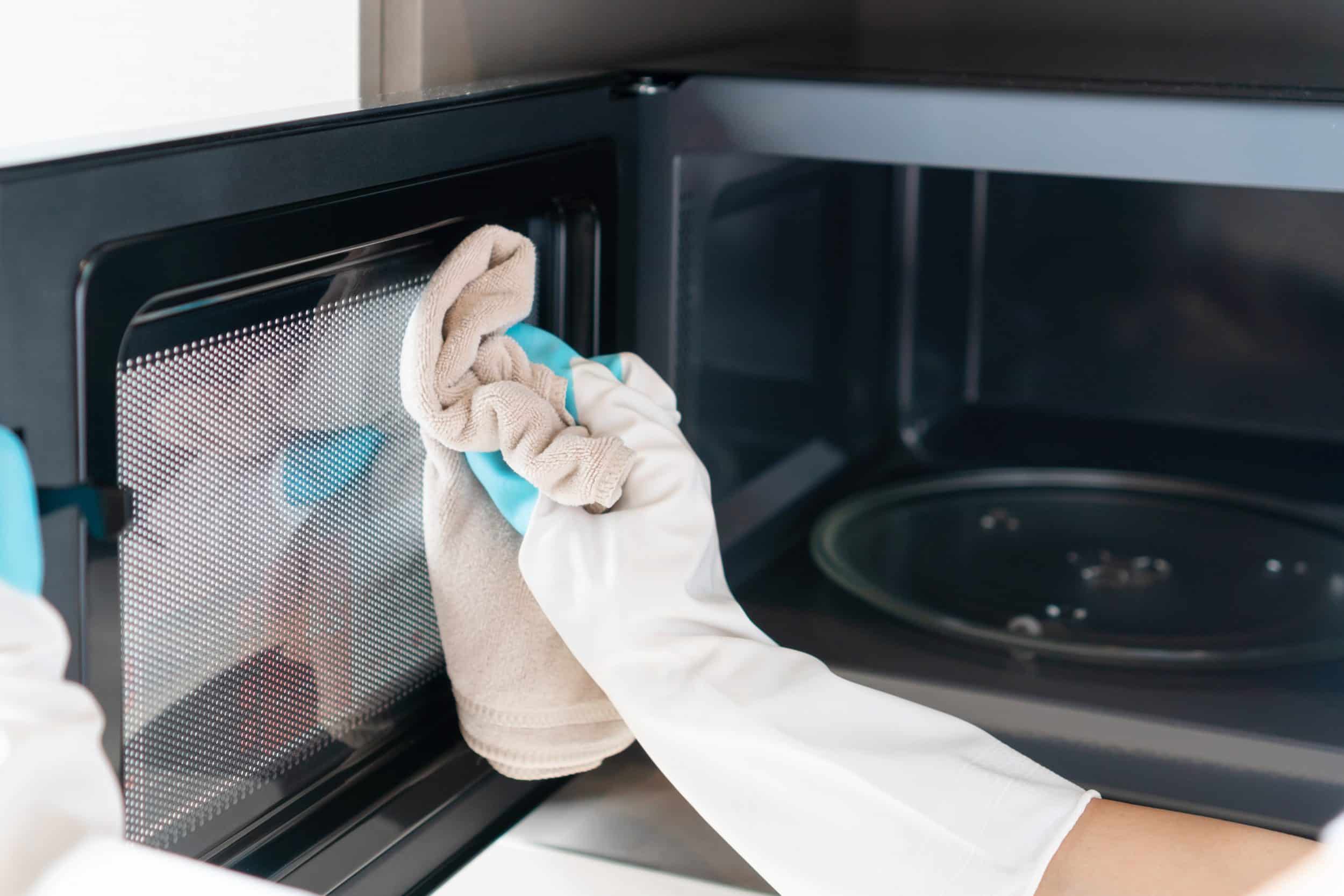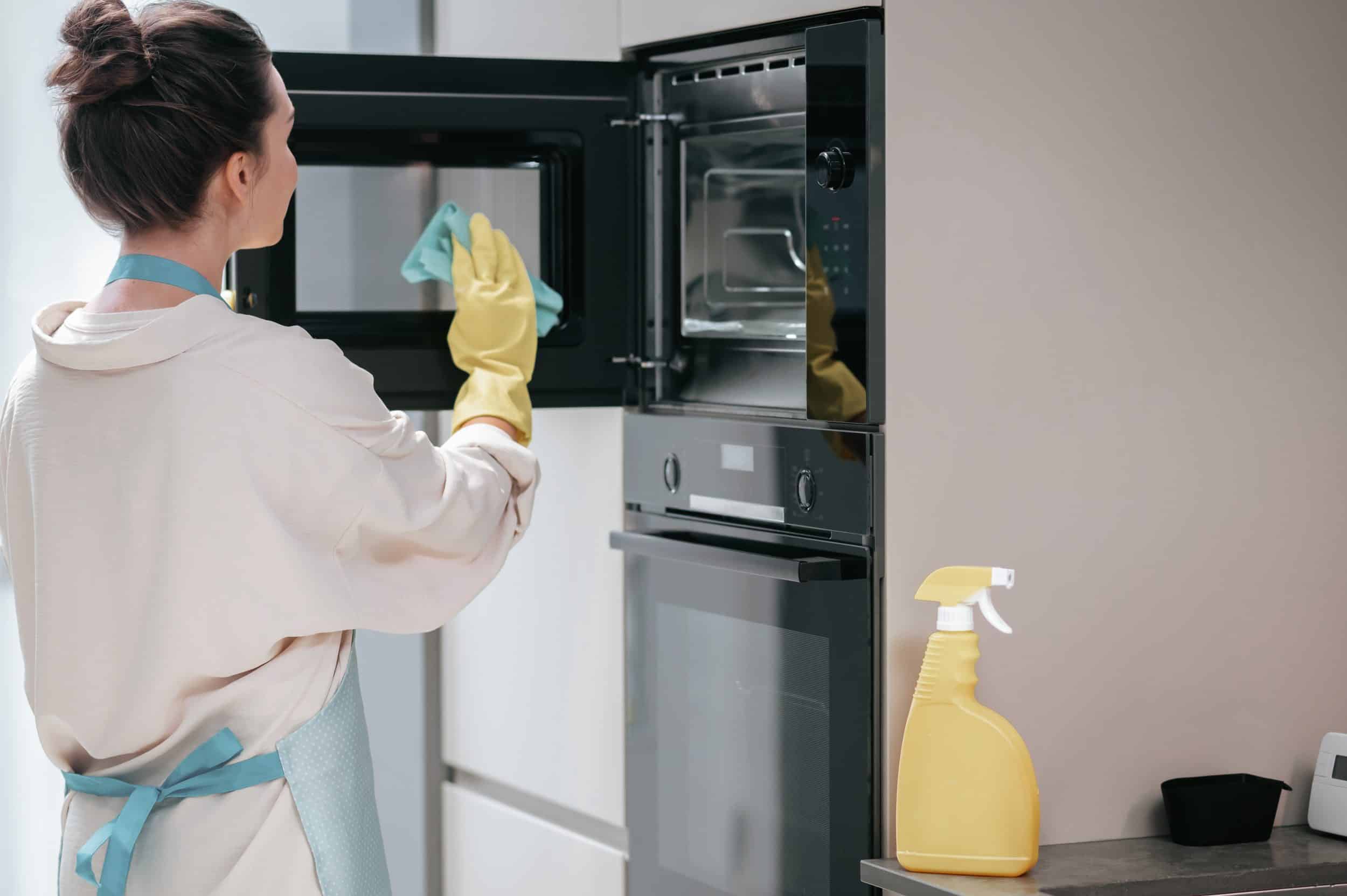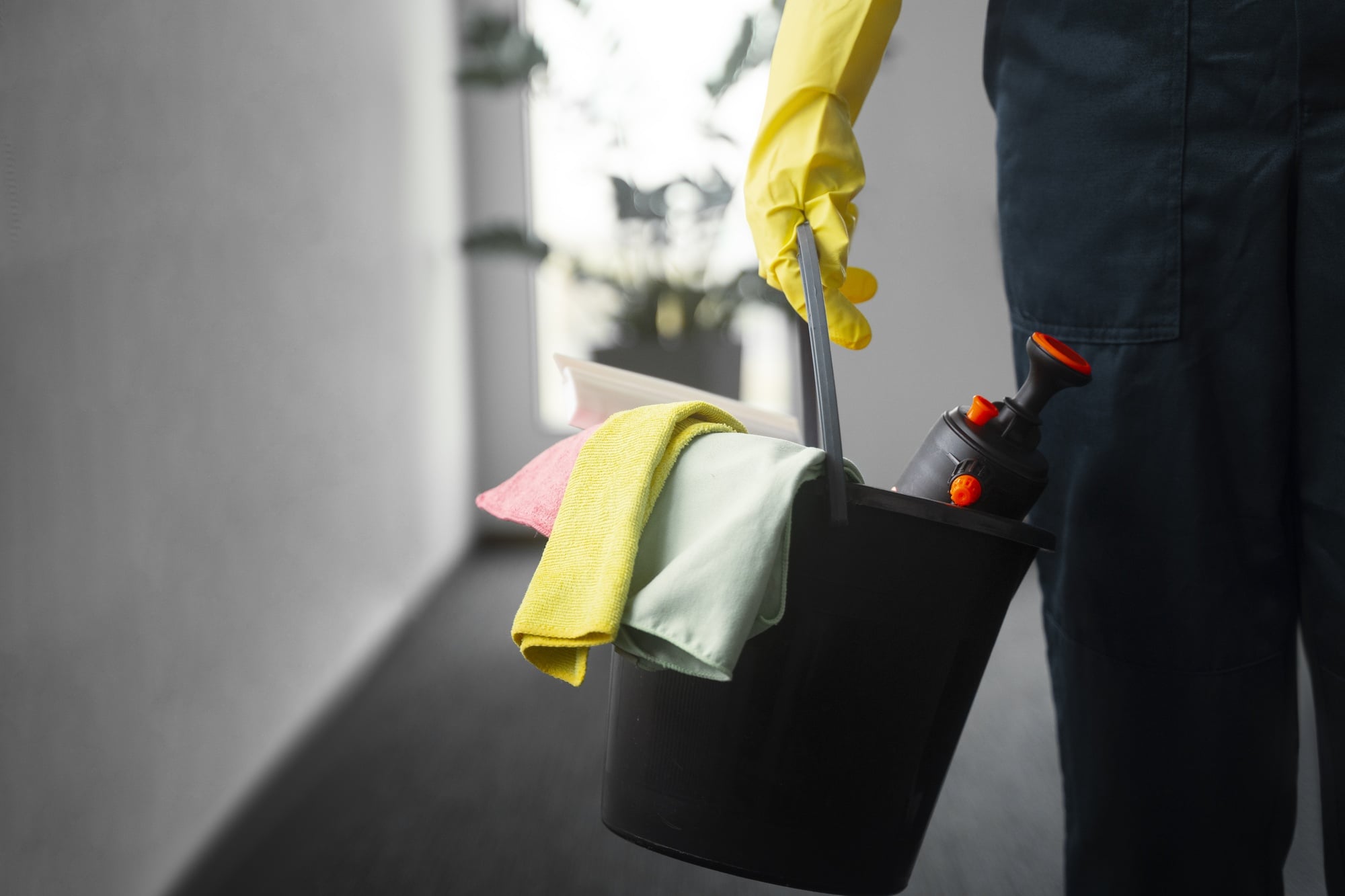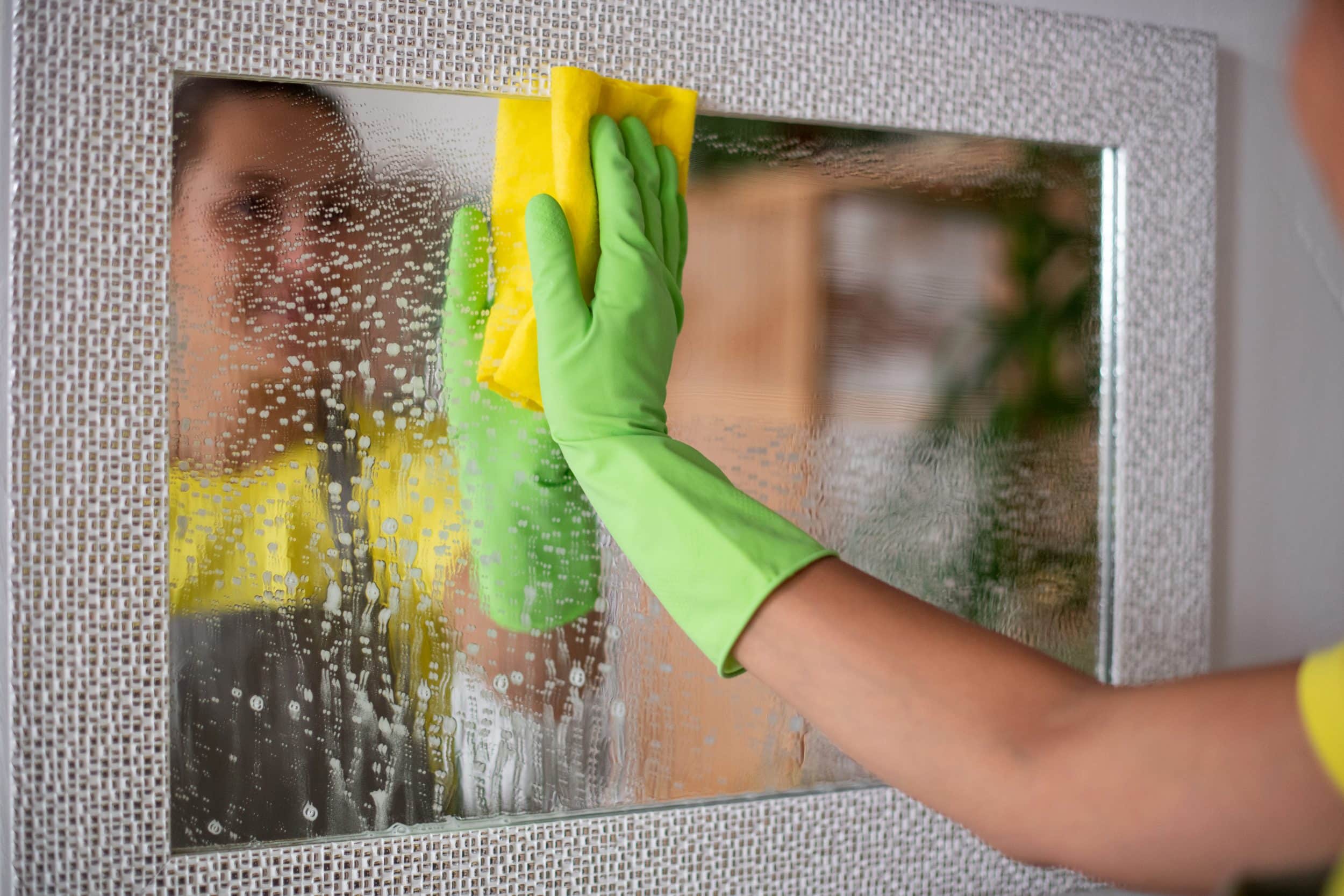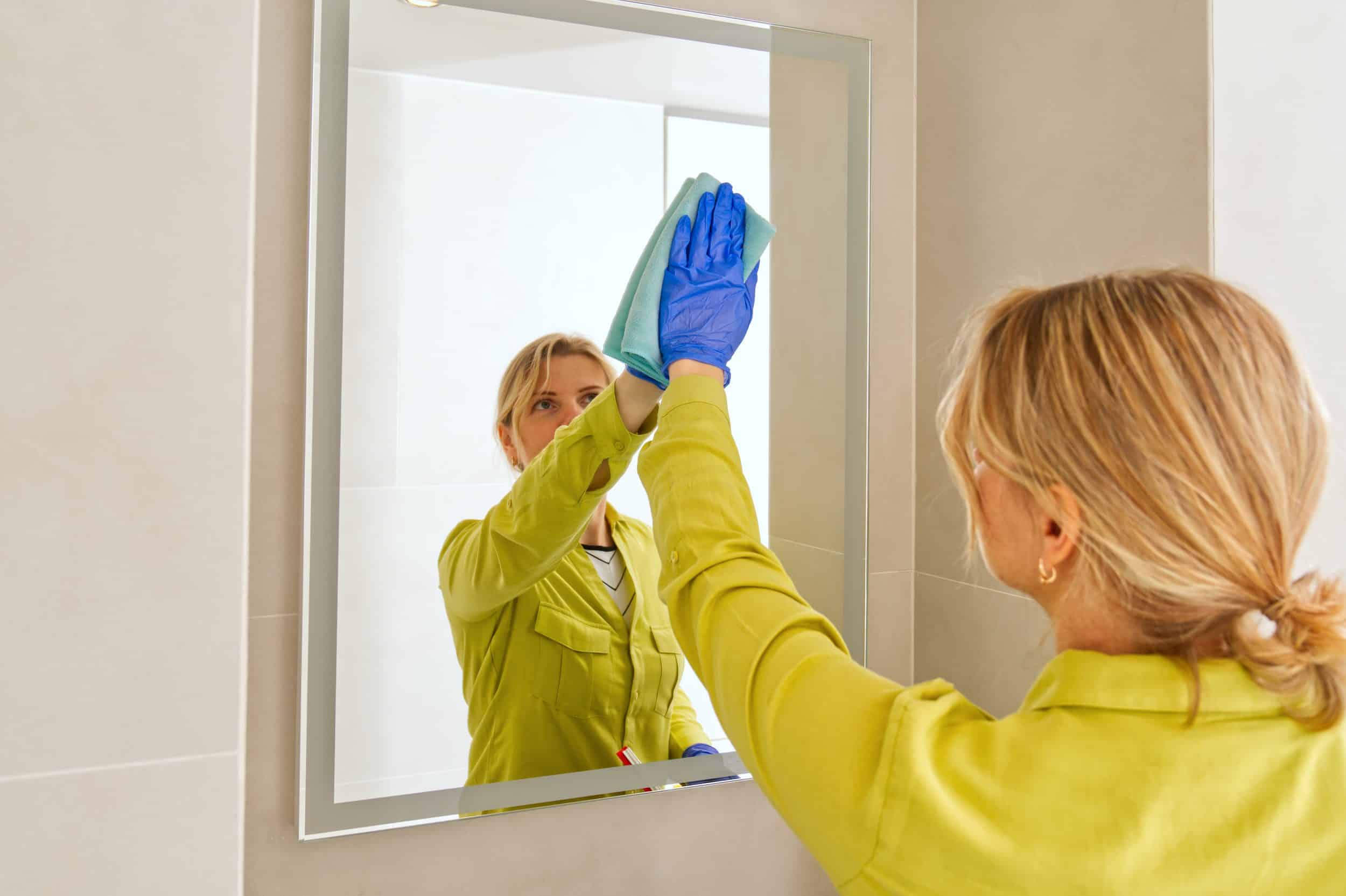A clogged shower head can be a major source of frustration, turning a simple routine into an underwhelming experience. That once-invigorating spray can become a sad trickle, and the culprit is almost always mineral buildup. This guide will walk you through a simple, highly effective method to restore your shower’s flow and get it back to its best.
Why shower heads get clogged
The water that flows through your pipes, particularly in areas with “hard water,” contains dissolved minerals like calcium and magnesium. As this water heats up and evaporates, these minerals are left behind as a chalky residue known as limescale. Over time, this buildup accumulates on and in your shower head’s nozzles, constricting the pathways for water and leading to a noticeably weaker spray.
Tools and solutions you’ll need
The best part about this solution is that you don’t need any expensive or harsh chemical cleaners. All the tools you need are likely already in your home.
- Distilled White Vinegar: The star of the show. Its acidic nature is perfect for breaking down the alkaline mineral buildup.
- A Gallon-Sized Plastic Bag: To hold the cleaning solution and submerge the shower head.
- A Rubber Band or Twine: To securely attach the bag to the shower arm.
- An Old Toothbrush: For scrubbing off stubborn, loosened debris.
- A Microfiber Cloth: To dry and polish the shower head when you’re done.
Step 1 – Soak in vinegar to remove mineral deposits
This step is the most critical and does the majority of the work for you. The goal is to fully submerge the shower head in vinegar, allowing the acid to dissolve the mineral deposits.
- Fill the plastic bag with enough undiluted white vinegar to completely cover the shower head.
- Carefully place the bag over the shower head so that the head is fully submerged.
- Use a rubber band or a piece of twine to tie the top of the bag securely around the shower arm. Make sure it’s tight enough to prevent leaks and hold the bag’s weight.
- Let it soak for at least 30 minutes. For heavy buildup, you can extend the soaking time to several hours, or even overnight, to ensure the minerals are fully dissolved.
Step 2 – Scrub nozzles and rinse thoroughly
After the vinegar has done its job, you’ll need to remove any remaining loosened debris.
- Remove the plastic bag and dispose of the used vinegar. You’ll likely notice the water flow has already improved.
- Using an old toothbrush, gently scrub the face of the shower head and each individual nozzle. The limescale should now be soft and easy to brush away.
- Turn on the hot water and let it run at full pressure for a few minutes. This flushes out any debris that was dislodged from the inside of the shower head.
- Finally, use a microfiber cloth to wipe down the exterior of the shower head. This will prevent new water spots and leave it looking polished and clean.
Prevention tips to keep water flow strong
Preventing buildup is far easier than cleaning it. By incorporating these simple habits, you can keep your shower head working perfectly for years to come.
- Monthly Maintenance: Do a quick 30-minute vinegar soak once a month. This small, proactive step prevents minor buildup from becoming a major clog.
- Daily Wipe-Down: A quick swipe with a towel after each shower can prevent water spots from forming on the surface.
- Consider a Water Softener: If you live in an area with particularly hard water, installing a water softener for your home or a dedicated filter on your shower head can dramatically reduce mineral content and save you from constant cleaning.

